News
EPJ QT Highlight - Steps towards post-quantum security by Aleksey Fedorov
- Details
- Published on 21 July 2021
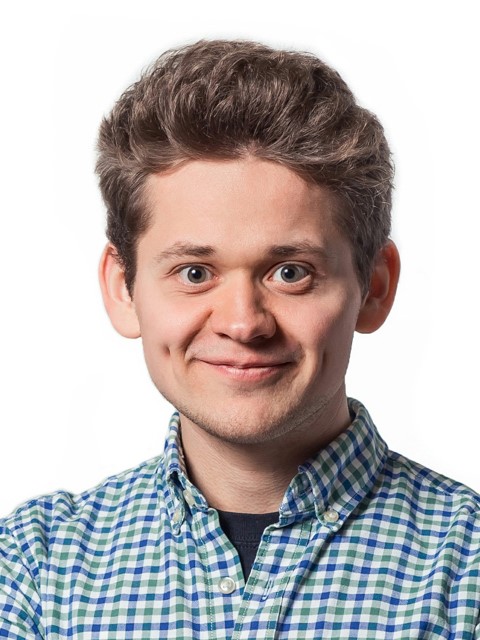
Prof. Dr. Aleksey Fedorov is a Junior Principal Investigator at the Russian Quantum Center, Professor of Physics at Moscow Institute of Physics and Technology, and founder of startup companies in quantum technologies. His research is related to quantum information technologies and quantum many-body physics. His paper about world-first quantum-secured blockchain was covered in MIT Technology Review, Business Insider, Forbes and put in the list of "the hottest top 5%" of all research outputs by Altmetrics. Aleksey was selected for ’30-under-30’ for Forbes Russia.
Life in our society is suffused with information technologies. Many of our activities — ranging from online shopping and chatting to operating production environments and management systems — are based on collecting, processing, and transmitting data. One of the key aspects in this regard is security. Surely, the history of the problem of ensuring information security is virtually as long as human history. However, for modern society the issue of information security has become truly vital: unauthorized access to various kinds of information could lead to major losses, including financial losses and loss of reputation, for governments and businesses alike.
Continue reading Aleksey Fedorov’s post here.
EPJ E Highlight - Simulating microswimmers in nematic fluids
- Details
- Published on 12 July 2021

A combination of two simulation techniques has allowed researchers to investigate how swimming microparticles propel themselves through ‘nematic liquid crystals’ – revealing some unusual behaviours
Artificial microswimmers have received much attention in recent years. By mimicking microbes which convert their surrounding energy into swimming motions, these particles could soon be exploited for many important applications. Yet before this can happen, researchers must develop methods to better control the trajectories of individual microswimmers in complex environments. In a new study published in EPJ E, Shubhadeep Mandal at the Indian Institute of Technology Guwahati (India), and Marco Mazza at the Max Planck Institute for Dynamics and Self-Organisation in Göttingen (Germany) and Loughborough University (UK), show how this control could be achieved using exotic materials named ‘nematic liquid crystals’ (LCs) – whose viscosity and elasticity can vary depending on the direction of an applied force.
EPJ D Topical review - Review of experimental and theoretical research on positronium ions and molecules
- Details
- Published on 02 July 2021

The relativistic quantum theory developed by Dirac in the 1930’s is the cornerstone of Quantum Electrodynamics (QED), which has proved to be one of the most successful theories in physics. For example, measurements and QED calculations of the anomalous electron magnetic moment agree to 10 significant figures. Physicists now believe that QED can fully account for all effects that are mediated by electromagnetic interactions.
EPJ Plus Focus Point on Light Pressure across All Scales
- Details
- Published on 01 July 2021
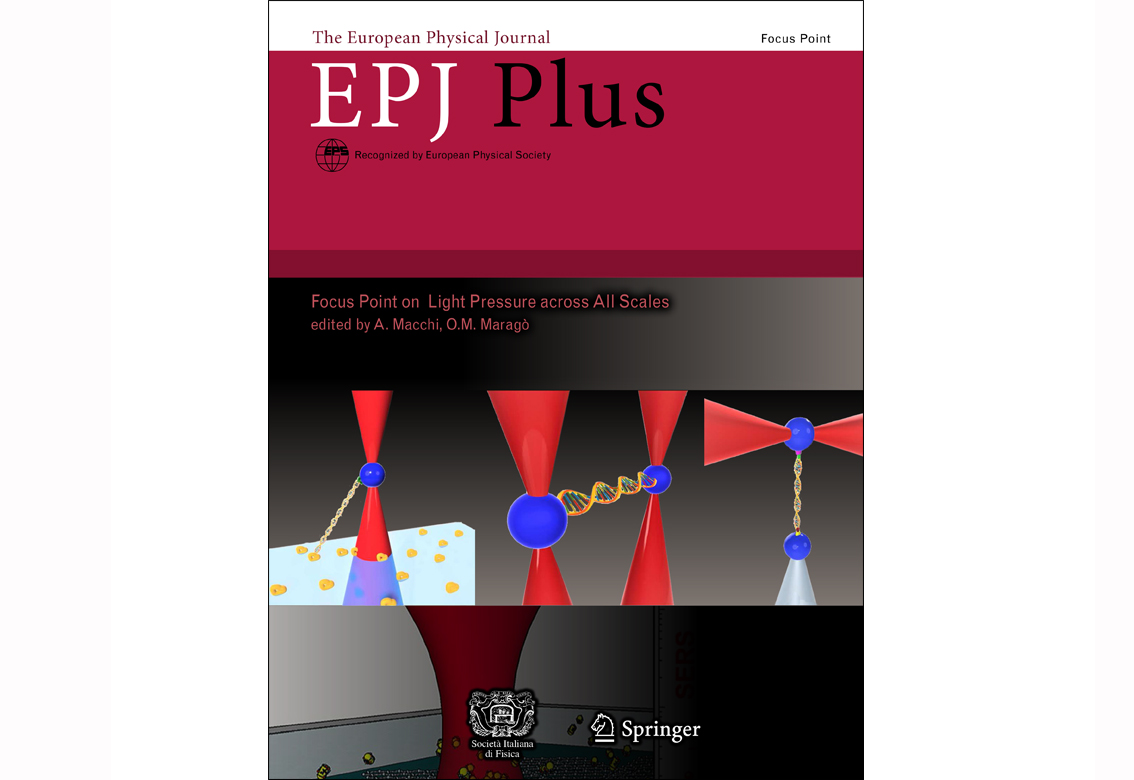
This focus point issue of European Physical Journal Plus (EPJ Plus) finds its inspiration in the huge number of applications of light pressure across all scales of Nature, from space to nanoscience and atomic physics. Together this issue features 11 papers, including both experimental and theoretical works, which span a wide range of activities. These also include 3 review papers on the theory and practice of optical tweezers, its application in single molecule experiments and in the study of critical Casimir forces.
EPJD has appointed new Editor-in-Chief Joachim Burgdörfer
- Details
- Published on 30 June 2021
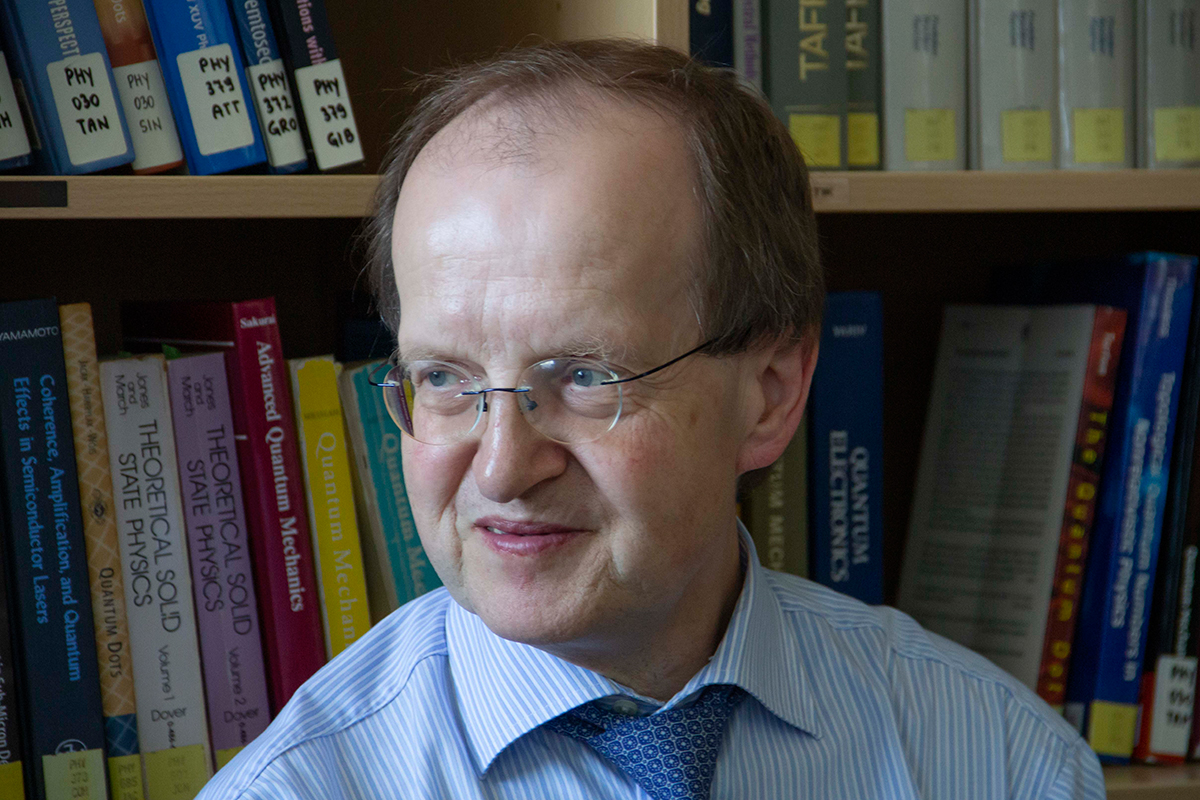
It is with great pleasure that the publishers of European Physical Journal D: Atomic, Molecular, Optical and Plasma Physics can announce the appointment of Prof Dr Joachim Burgdörfer (Vienna University of Technology, Austria) as Editor-in-Chief, effective July 1. A long-standing member of the Editorial Board of EPJD, he succeeds Prof. Dr. Andrey V. Solov'yov, who steps down after almost 7 years in the EiC role.
EPJ ST Highlight - Hunting Dark Energy with Gravity Resonance Spectroscopy
- Details
- Published on 29 June 2021
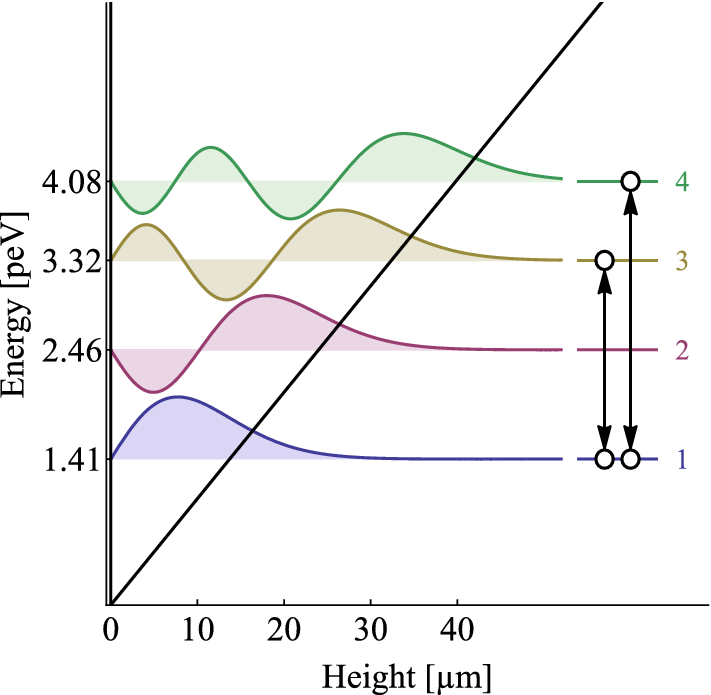
A highly sophisticated technique enables researchers to search for minuscule anomalies in the quantum state transitions of neutrons, which could offer key clues about the elusive nature of Dark Energy
Dark Energy is widely believed to be the driving force behind the universe’s accelerating expansion, and several theories have now been proposed to explain its elusive nature. However, these theories predict that its influence on quantum scales must be vanishingly small, and experiments so far have not been accurate enough to either verify or discredit them. In new research published in EPJ Special Topics, a team led by Hartmut Abele at TU Wien in Austria demonstrate a robust experimental technique for studying one such theory, using ultra-cold neutrons. Named ‘Gravity Resonance Spectroscopy’ (GRS), their approach could bring researchers a step closer to understanding one of the greatest mysteries in cosmology.
EPJ A Highlight - THOR: Driving collaboration in heavy-ion collision research
- Details
- Published on 02 June 2021

As an expansive platform for collaboration between different research groups, the THOR COST Action has enabled hundreds of physicists studying the aftermath of high-energy collisions between heavy ions to improve their predictions.
In the universe’s earliest moments, particles existed in an unimaginably hot plasma, whose behaviour was governed by deeply complex webs of interaction between individual particles. Today, researchers can recreate these exotic conditions through high-energy collisions between heavy ions, whose products can tell us much about how hot, strongly-interacting matter behaves. Yet without extensive, highly coordinated collaborations between researchers across many different backgrounds, studies like this simply wouldn’t be possible. This Topical Issue of EPJ A draws together a large collection of papers inspired by the theory of hot matter and relativistic heavy-ion collisions (THOR) European Cooperation in Science and Technology (COST) Action. Running between November 2016 and April 2021, THOR has provided a way for over 300 researchers involved in heavy-ion collision analysis to freely exchange their ideas, leading to exciting new advances in the wider field of particle physics.
EPJ Plus Focus Point on Classical and Quantum Information Geometry
- Details
- Published on 25 May 2021

What is information? What can we do with information? How are we supposed to understand information? How does information influence the development of modern Science?
Some, if not all and a thousand more, of these questions come to the mind of almost every modern researcher whose research area is somehow interconnected with Information Theory. However, the answers to these questions are far from being completely unravelled, and some recent theoretical developments seem to suggest that our understanding of the geometrical aspects of Information Theory will play an increasingly important role in the quest for answers.
EPJD Colloquium - Challenges and opportunities in verification and validation of low temperature plasma simulations and experiments
- Details
- Published on 21 May 2021

In the field of plasma physics, simulations are becoming increasingly relied upon to elucidate fundamental plasma phenomena as well as to simulate real-world plasma reactors. This new colloquium published in EPJD provides a description of how one research group (at Sandia National Laboratories) incorporates verification and validation (V&V) processes in their low temperature plasma (LTP) research and development activities.
EPJ Plus Highlight - Understanding the mechanism that gives light a ‘little extra push’
- Details
- Published on 07 May 2021
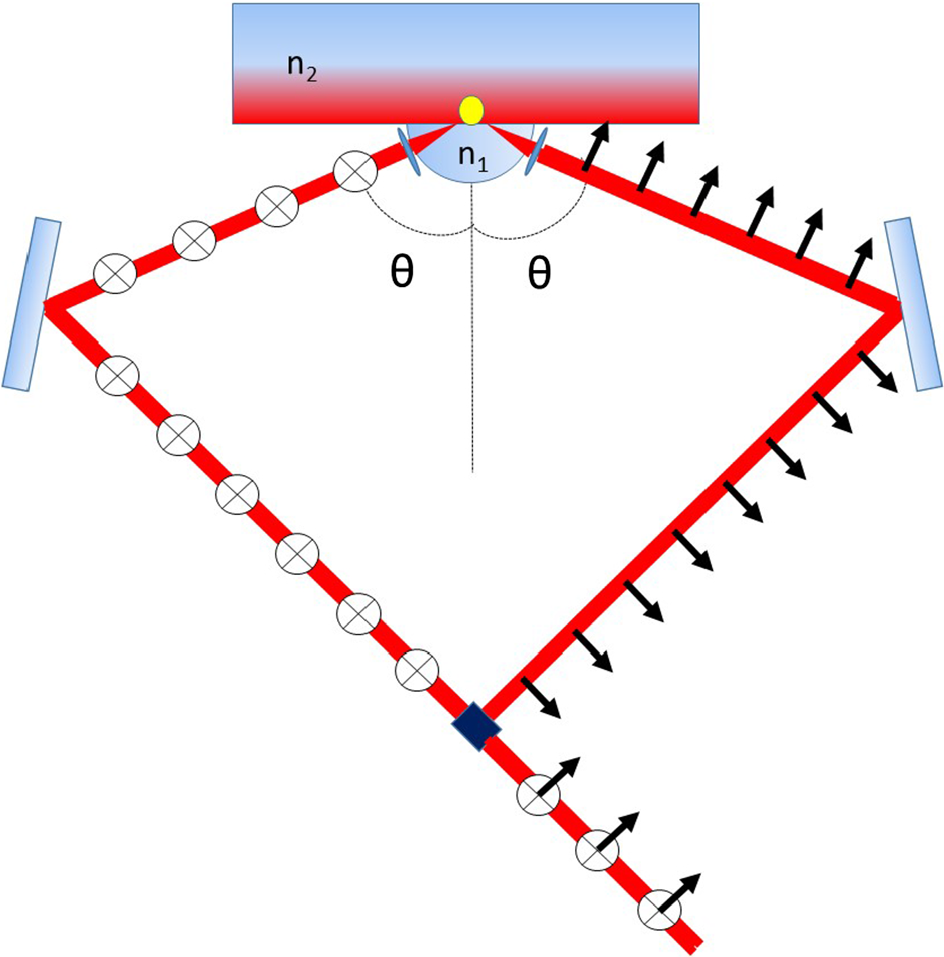
The use of light to move matter has a wide range of technological applications and could one day even power spaceflight. New research suggests a method to better understand this subtle phenomenon.
We are all familiar with the sight of a white pool ball striking a red and smoothly transferring its momentum. What is less familiar is that light can also transfer momentum and is even able to give objects a tiny push. A new paper published in EPJ Plus suggests a way to examine the mechanism behind light’s subtle momentum transfer — the Poynting vector. The paper is the work of Manuel Marqués of IFIMAC-The Condensed Matter Physics Center, and the Nicolás Cabrera Institute (INC), Universidad Autónoma de Madrid, Spain, and Shulamit Edelstein and Pedro Serena from the Spanish National Research Council (CSIC).




